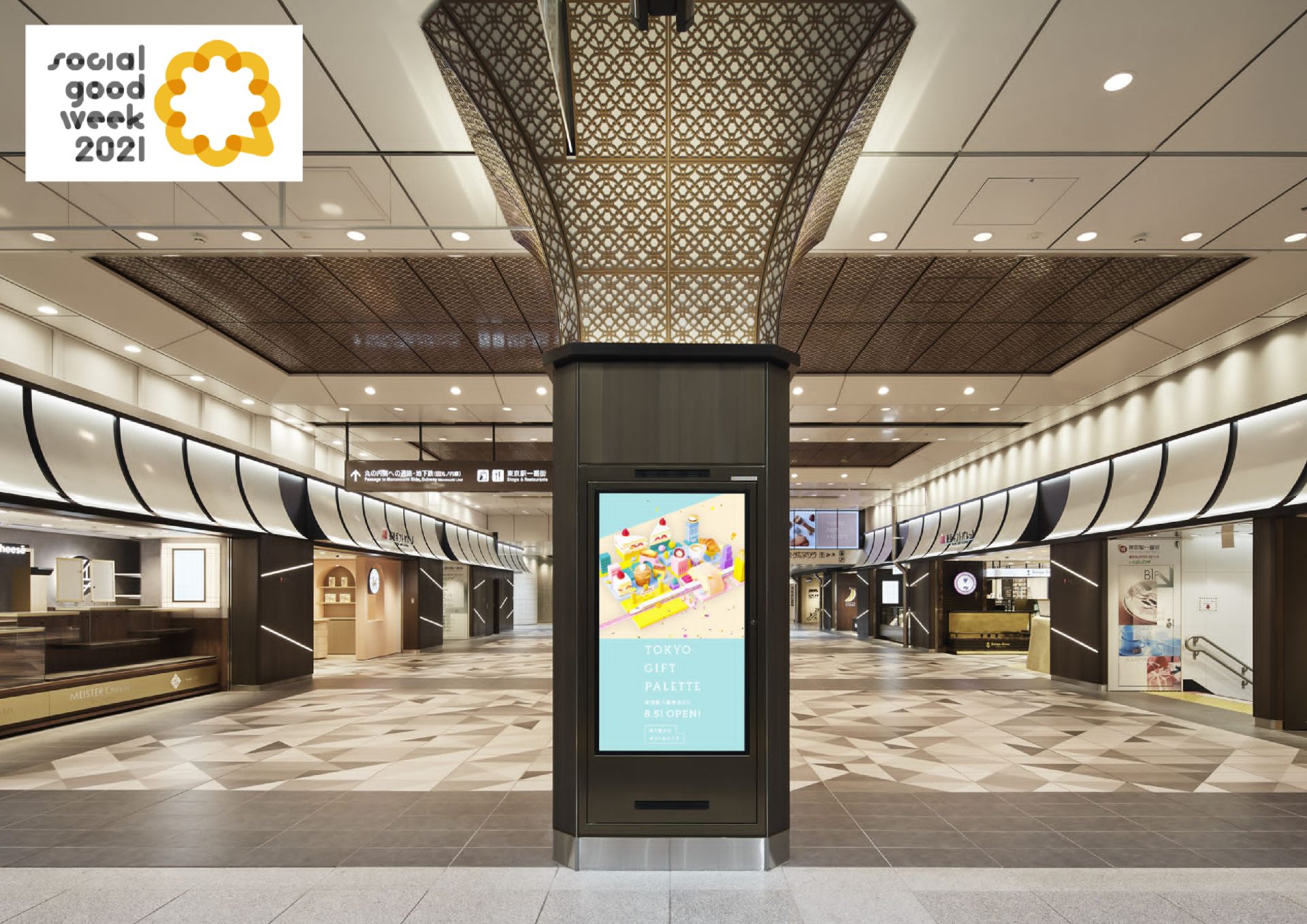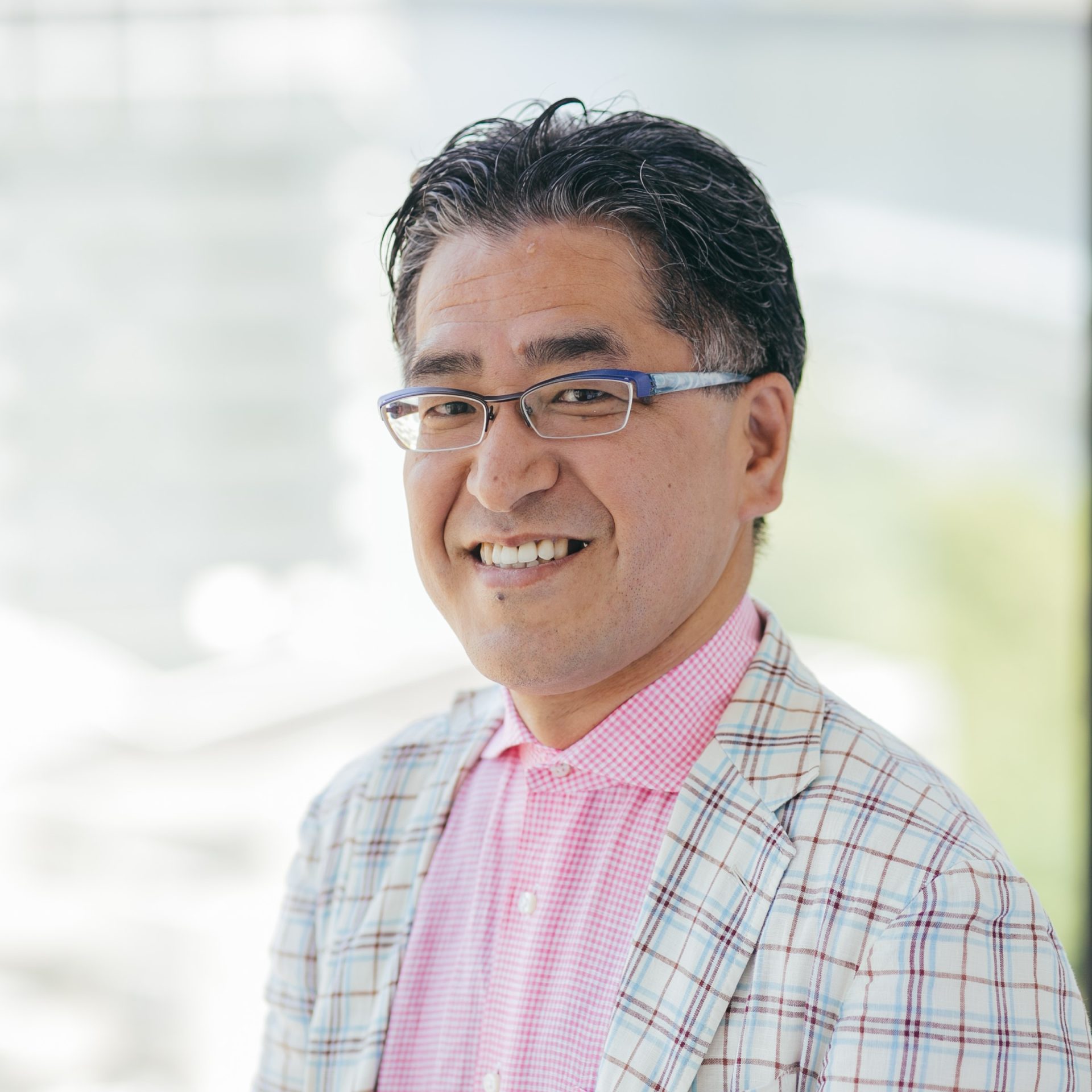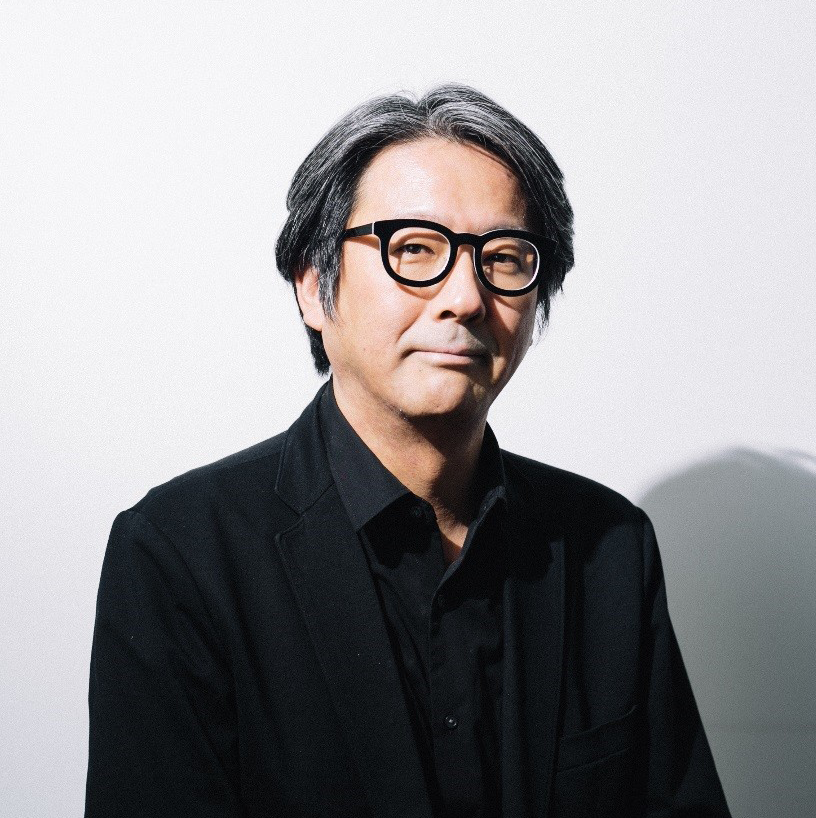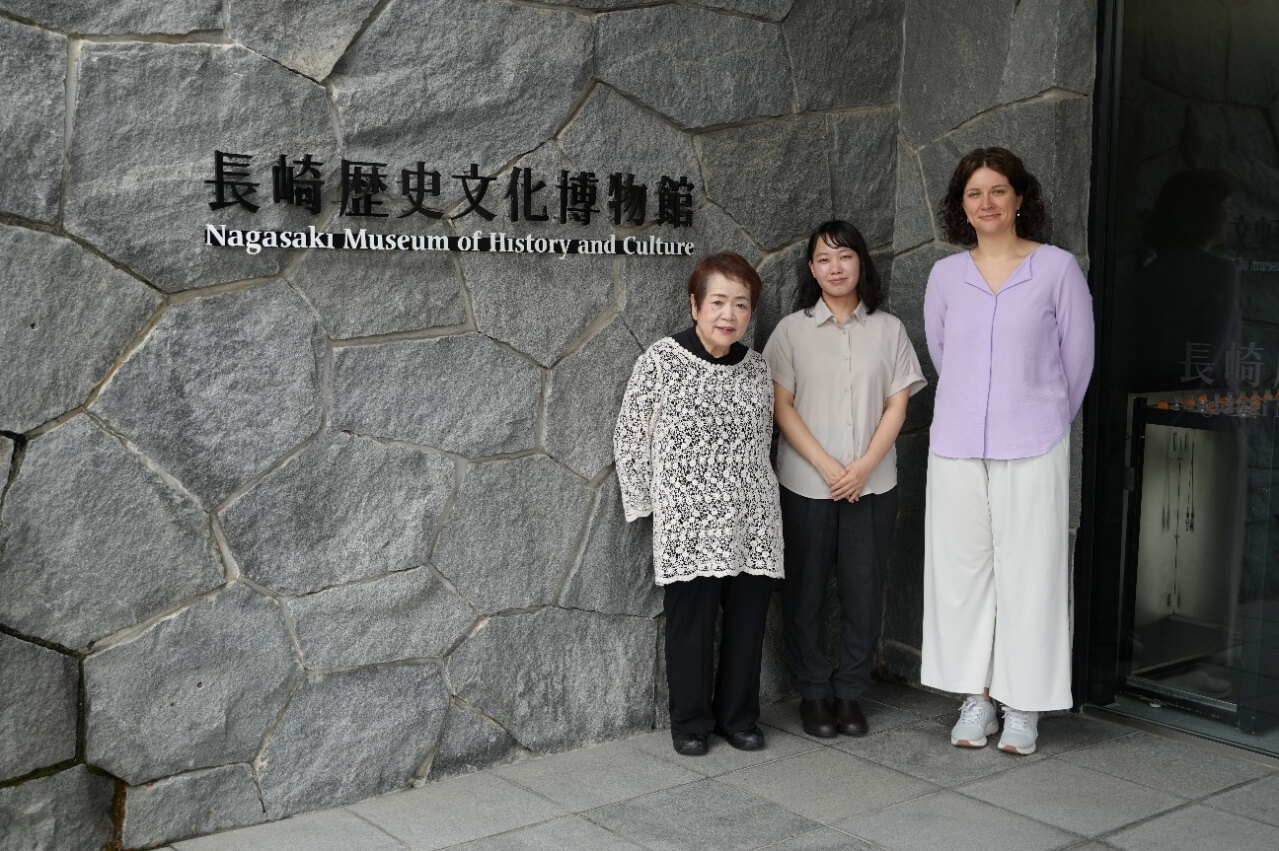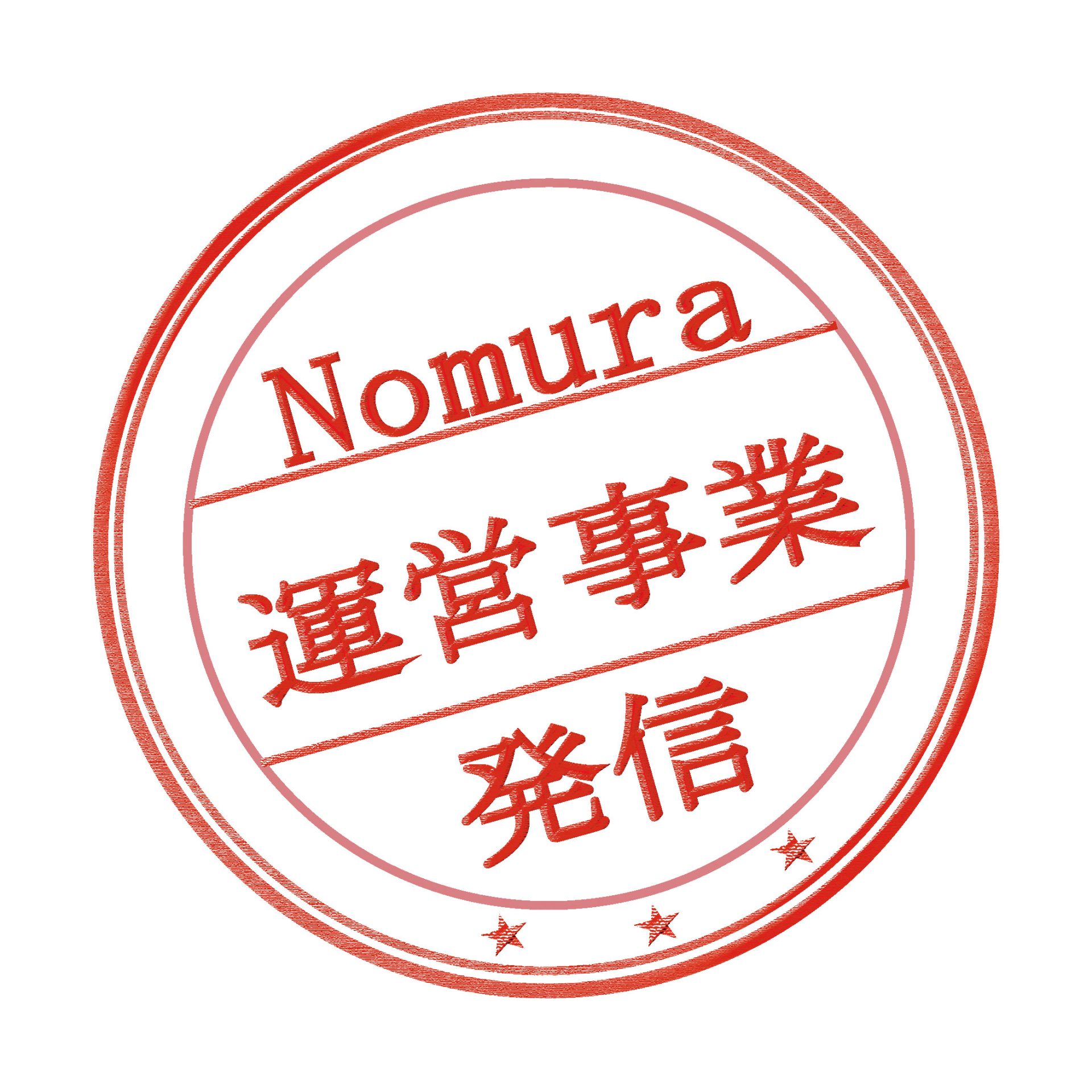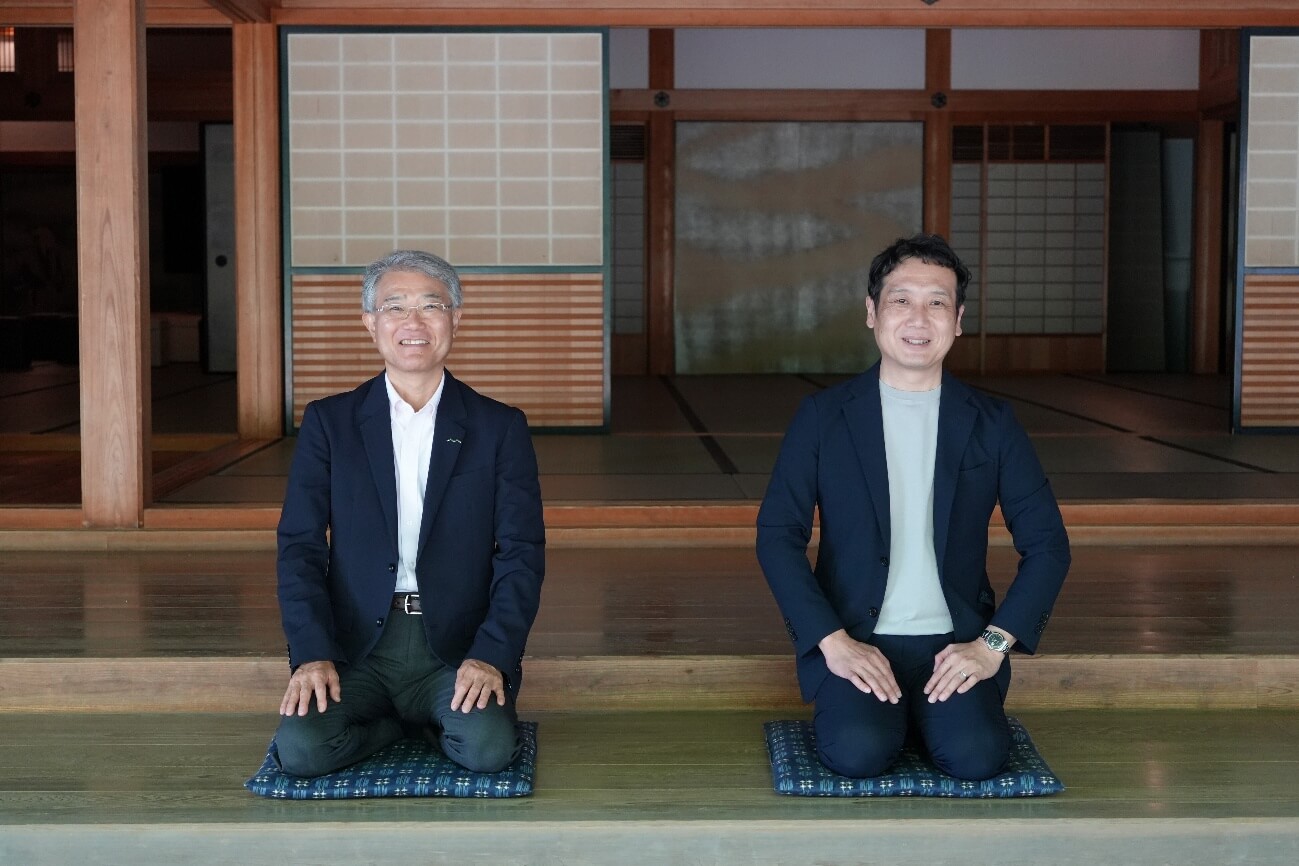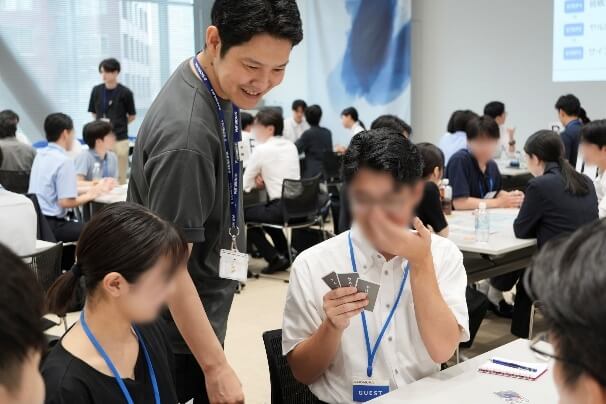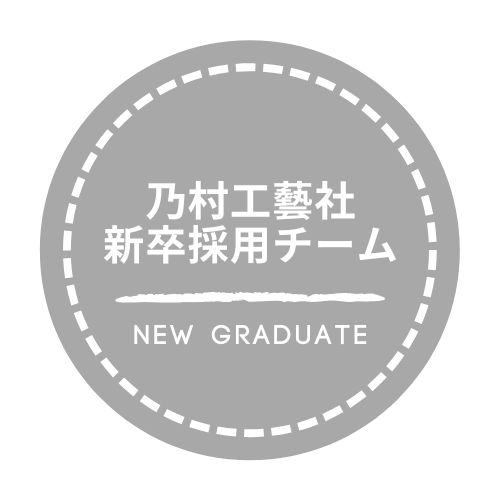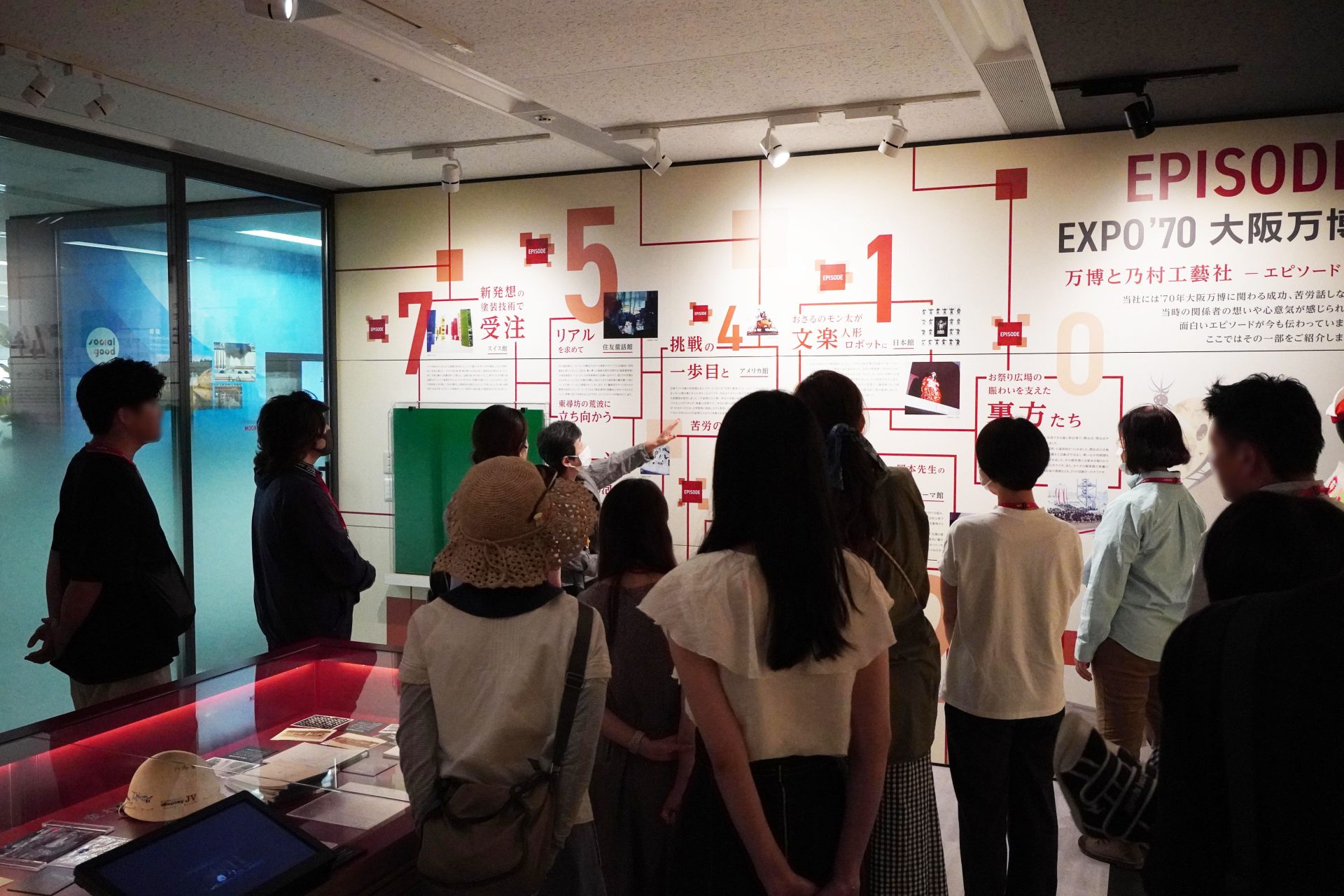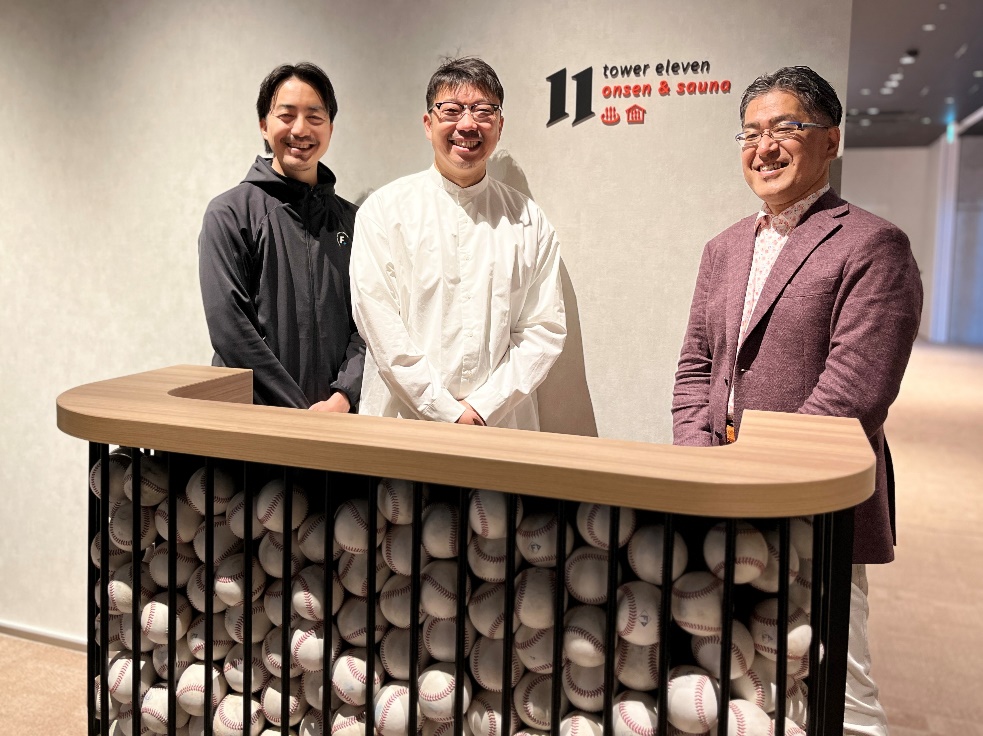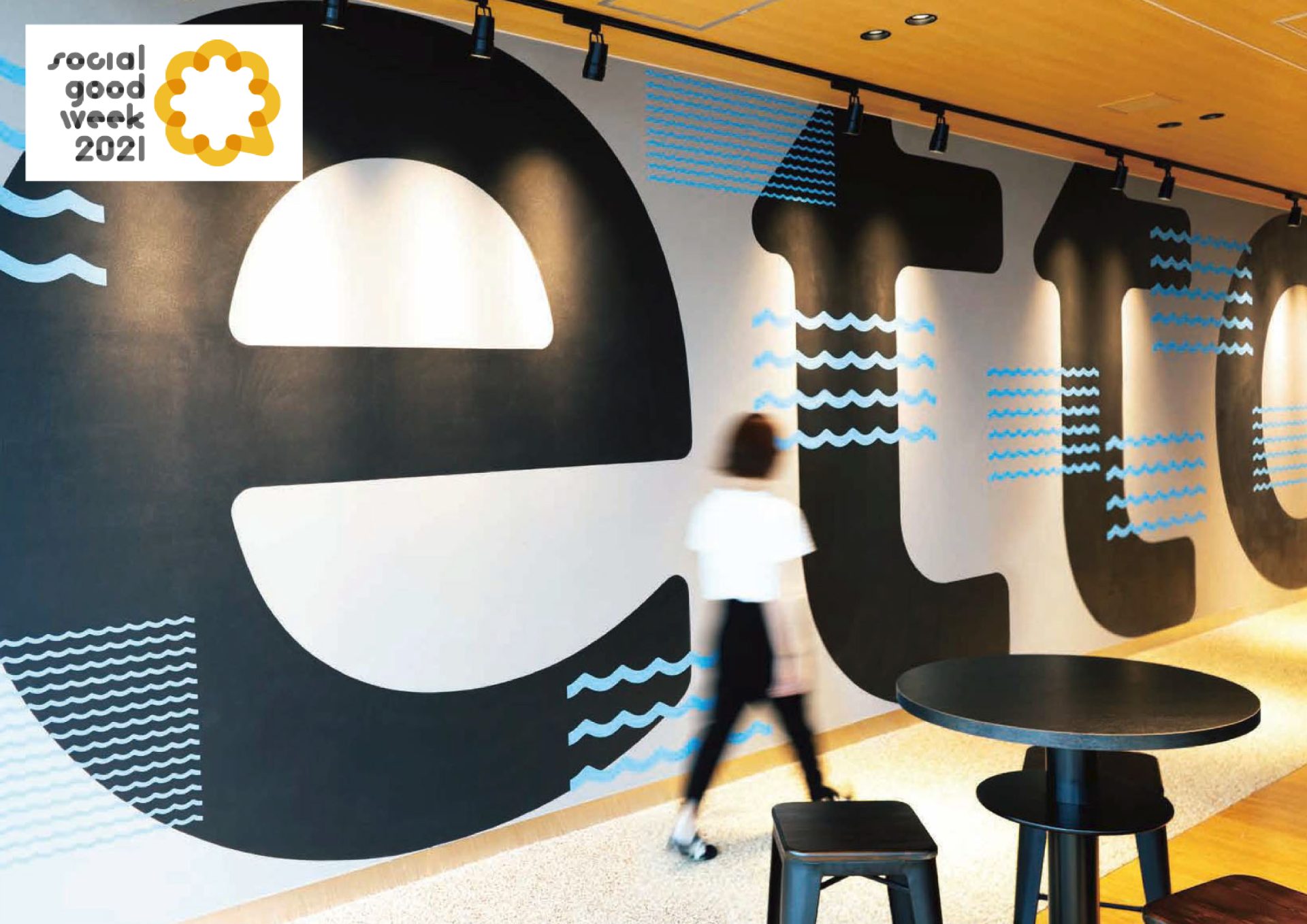
HIRODEN etto, a tourism commercial facility created from a bottom-up perspective
2022/03/22- text and edit by
- nomlog editorial department
Miyajima is a scenic spot that represents Hiroshima and is designated as a World Heritage Site. HIRODEN etto, which opened in Miyajimaguchi, which is the port of entry, is a tourist commercial facility born from a five-year regional revitalization project. We will introduce an overview of HIRODEN etto, which opened its doors while forging many "connections" with the local community, as well as its "regional branding story."
This article is a report article of the event "Social Good Week 2021" that introduces the "Social Good" projects of NOMURA GROUP.
* Click here for details on “Social Good”
NOMURA GROUP 's Social Good (Part 1 / Part 2)
* Click here for a list of report articles on “Social Good Week 2021”
Hiroshima/Miyajimaguchi Passenger Terminal HIRODEN etto
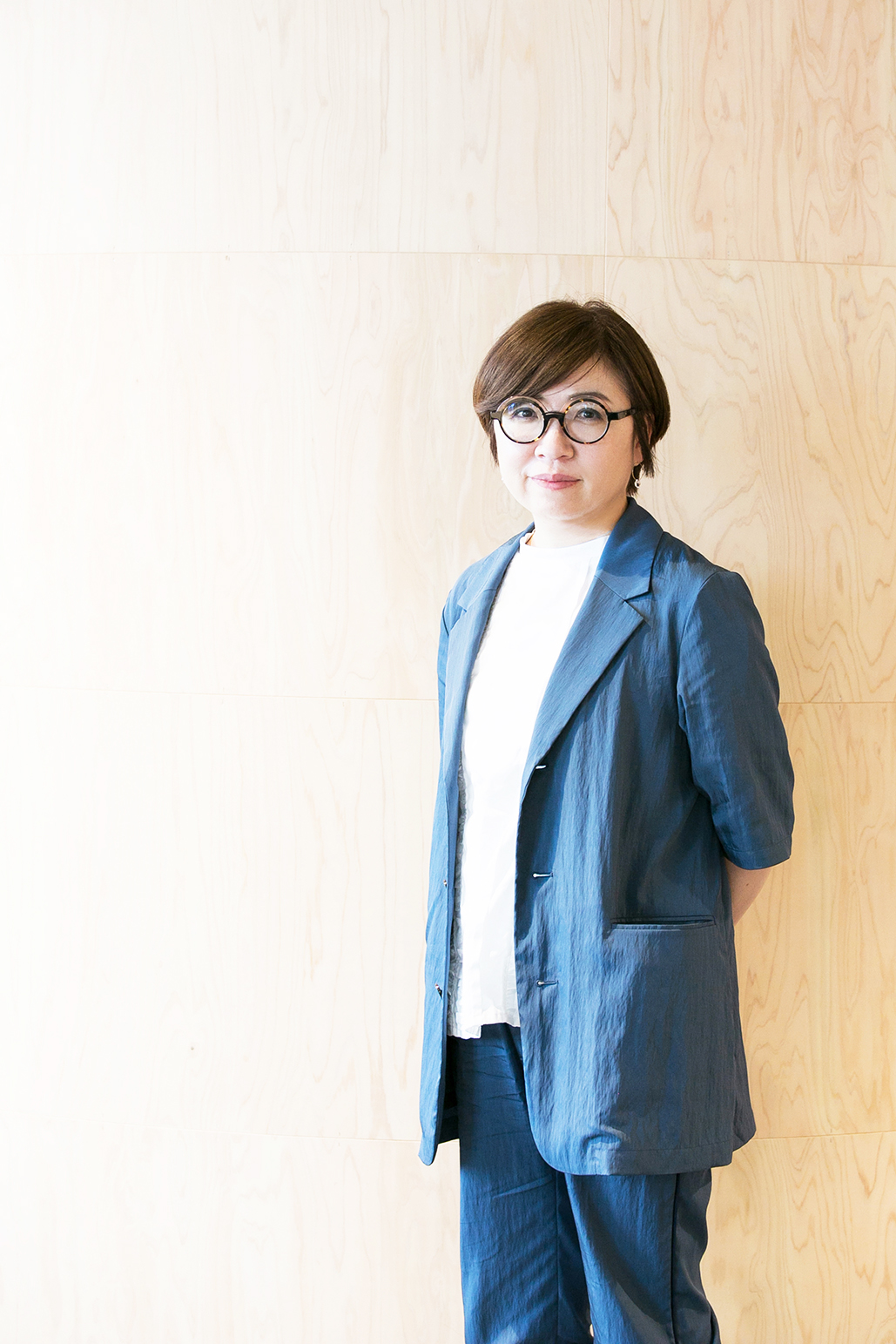
NOMURA Co., Ltd. Planning Division Planning Section 2 Planning Department 6th Room Planner Mayo Tenma
In this project, we participated from the business concept stage and conducted a feasibility study. *1 (feasibility study), concept making, merchandising planning/leasing, branding, opening/sales promotion/operation planning. I have been running side by side with the owner, Hiroshima Electric Railway, for five years.
*1 A feasibility study is a survey of the business feasibility of a new business project.
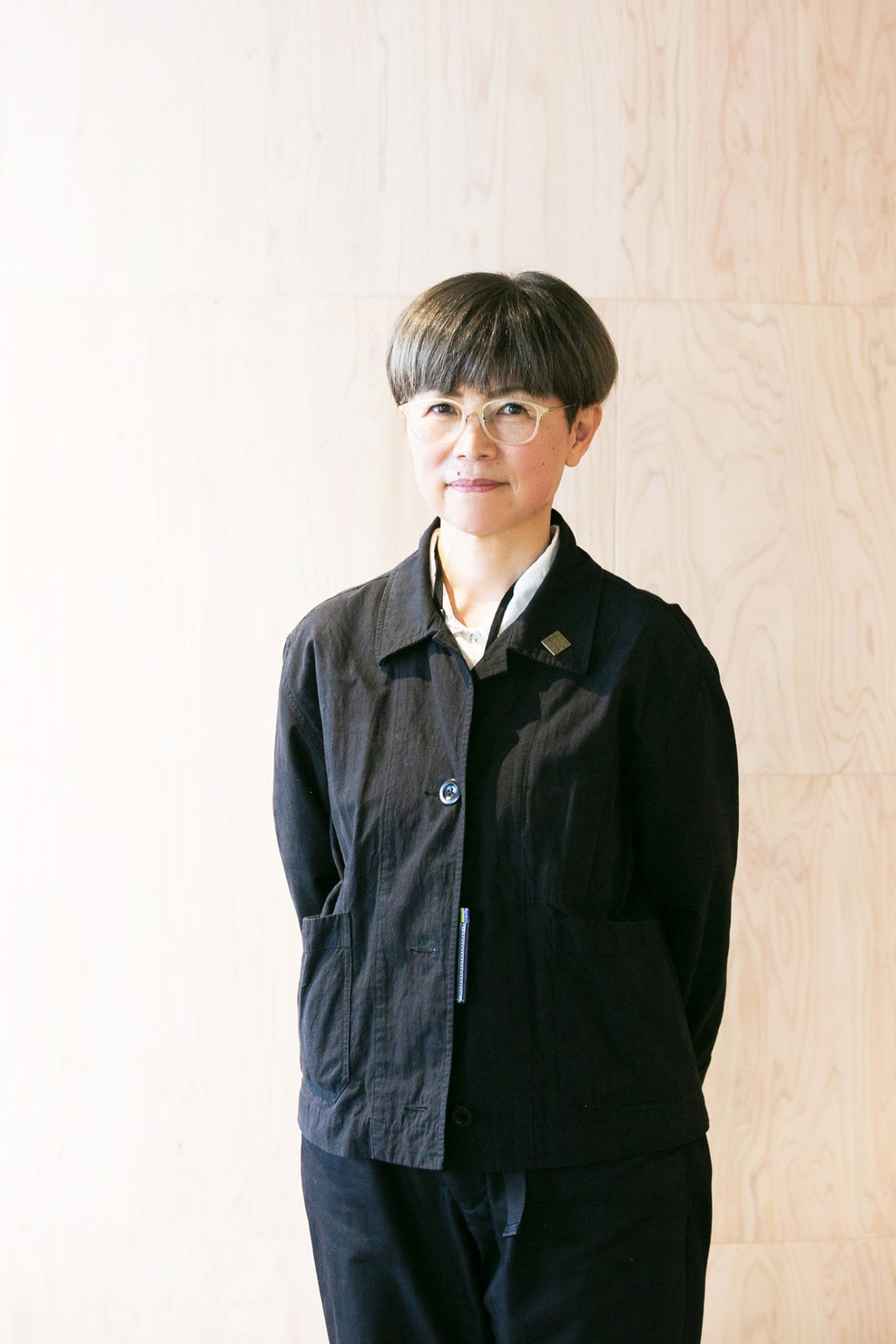
Kazumi Doi, Chief Designer, Design Department, Chushikoku Branch, Nomura NOMURA Co., Ltd.
Since joining the company, he has worked at the Chugoku and Shikoku branch offices. Initially involved in department store display decoration work, then engaged in the design of specialty stores and exhibition facilities. Recently, he has been involved in the design of various facilities such as infrastructure work, amusement facilities, and hotels. Participated in this project as a designer from 2017.
Creation of new liveliness that connects people
Tenma
Before going into the outline of the project, I would like to briefly introduce Miyajimaguchi Passenger Terminal and Hatsukaichi City, Hiroshima Prefecture, where HIRODEN etto is located. Hatsukaichi City is adjacent to the west of Hiroshima City, with Hiroshima Airport to the east and Iwakuni Airport to the southwest. It takes about 4 hours one way from Tokyo to Hiroshima by plane or Shinkansen. From Hiroshima city to Miyajimaguchi, it takes about an hour and a half by Hiroshima Electric Railway, and about 30 minutes by JR. Miyajimaguchi is the gateway to Miyajima in Aki, a tourist attraction.
The owner of this project, Hiroshima Electric Railway, has one of the largest streetcar network in Japan and is known as a "museum of moving trains." HIRODEN etto is a community-based company with a high awareness of sustainability, which celebrated its 110th anniversary in 2020 when it opened. It is also a rare company that has conquered the land, sea, air, and mountain transportation networks by taking over the runway management of Hiroshima Airport from the government in July 2021.
*2 In addition to operating trams, buses, and airport runways, group companies operate ferries and sightseeing ropeways.

In the Miyajimaguchi area, "town development" is still proceeding in stages according to the "town development improvement plan" of Hatsukaichi City. HIRODEN etto, a tourist commercial facility adjacent to the Miyajimaguchi Passenger Terminal, was constructed as the "first town opening".
The Miyajimaguchi Passenger Terminal had become conspicuously dilapidated and cramped as the number of tourists increased. Therefore, in 2016, Hiroshima Prefecture implemented a Hiroshima-style architectural proposal with the aim of renovating the facility into a suitable gateway to the World Heritage Site and strengthening its ability to respond to disasters. We participated in this design competition with a team that included members of the current NAU of NOMURA GROUP which is composed of first-class architects, and helped Hiroshima Electric Railway to come up with design requirements for its own facilities. Architect Kumiko Inui was selected for the Hiroshima-style architectural proposal. After completion of construction, this passenger terminal was registered as a "Minato Oasis" by the Port and Harbor Bureau of the Ministry of Land, Infrastructure, Transport and Tourism, and has been functioning as a disaster prevention base for the region, such as providing support in the event of a disaster.


HIRODEN etto is a tourist commercial facility operated by the Hiroshima Electric Railway Group. It was newly established in conjunction with the renovation of the passenger terminal as an alternative facility to the former directly managed facility called "Momiji Honjin". It is a compact facility with a total floor area of just under 500 tsubo and a sales area of about 250 tsubo, but it has opened as a tourist commercial facility rooted in the area, consisting of 16 stores mainly for companies headquartered in Hiroshima Prefecture. Doi will talk about the hardware mechanism.
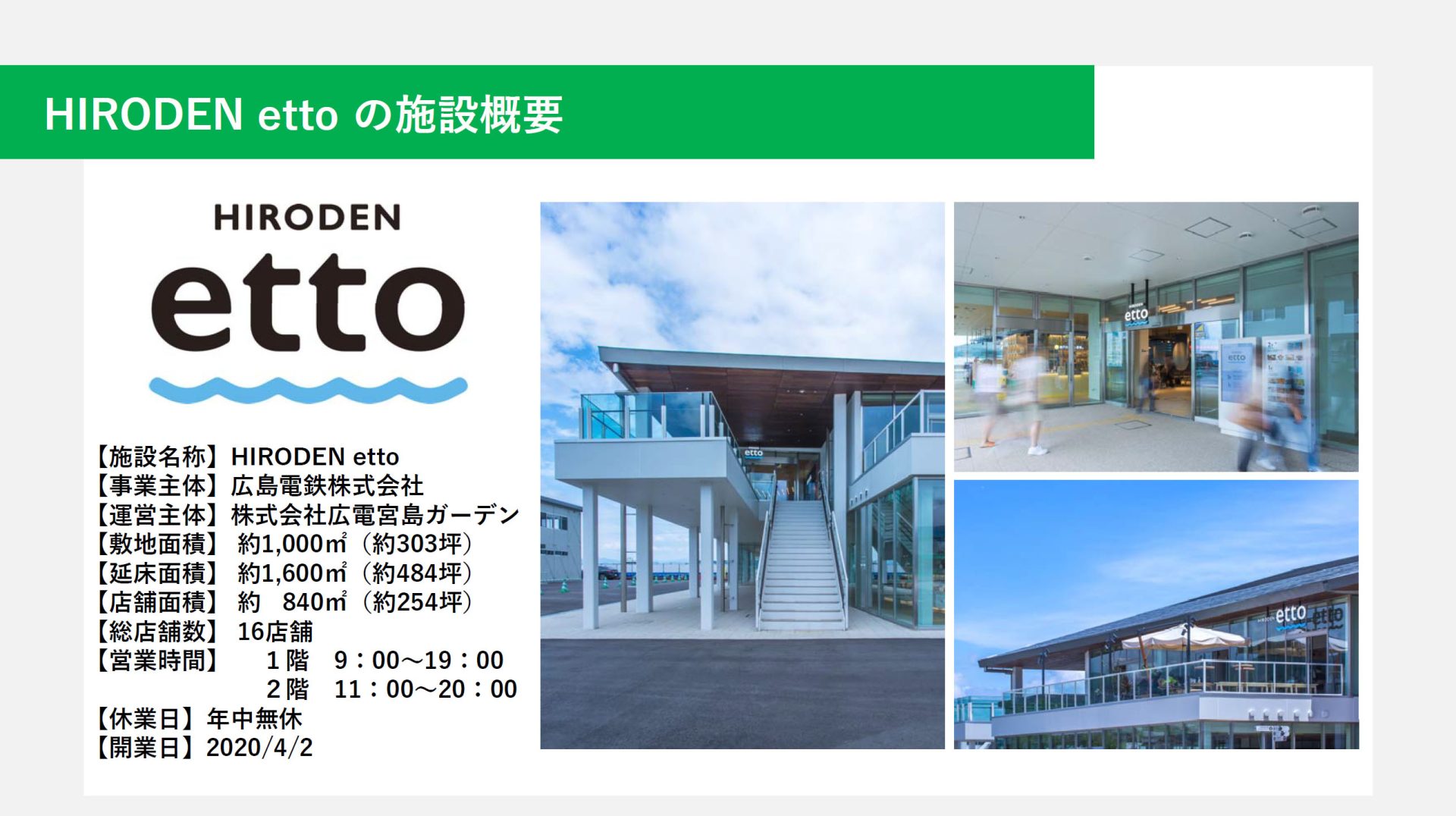
Doi
I will explain the layout of the facility. HIRODEN etto is a simple two-story building sandwiched between the Miyajimaguchi Passenger Terminal on the west side and the large rice scoop square currently under construction on the east side. Both the 1st and 2nd floors have a through passage connecting the terminal and the plaza, and the outer wall of the building is glass. After repeated deliberations on the zoning within the facility, we decided to create a passageway on the glass surface side of the outer wall, and gather the stores in the center with a passageway in between. We believe that we have created a new lively zone that connects people, befitting this area surrounded by the sea and mountains on all sides.
In addition, taking advantage of the regional characteristics of Hatsukaichi, a "timber town," the ceiling is made of brightly colored locally produced cedar board sheets, and the floor of the passageway is made of flat blocks coated with transparent resin and made of wood. I am creating a feeling. A wireless dimming control system has been adopted for the ceiling lighting of the through-passage, so that the lighting can be freely adjusted according to the ebb and flow of the tide and the season.
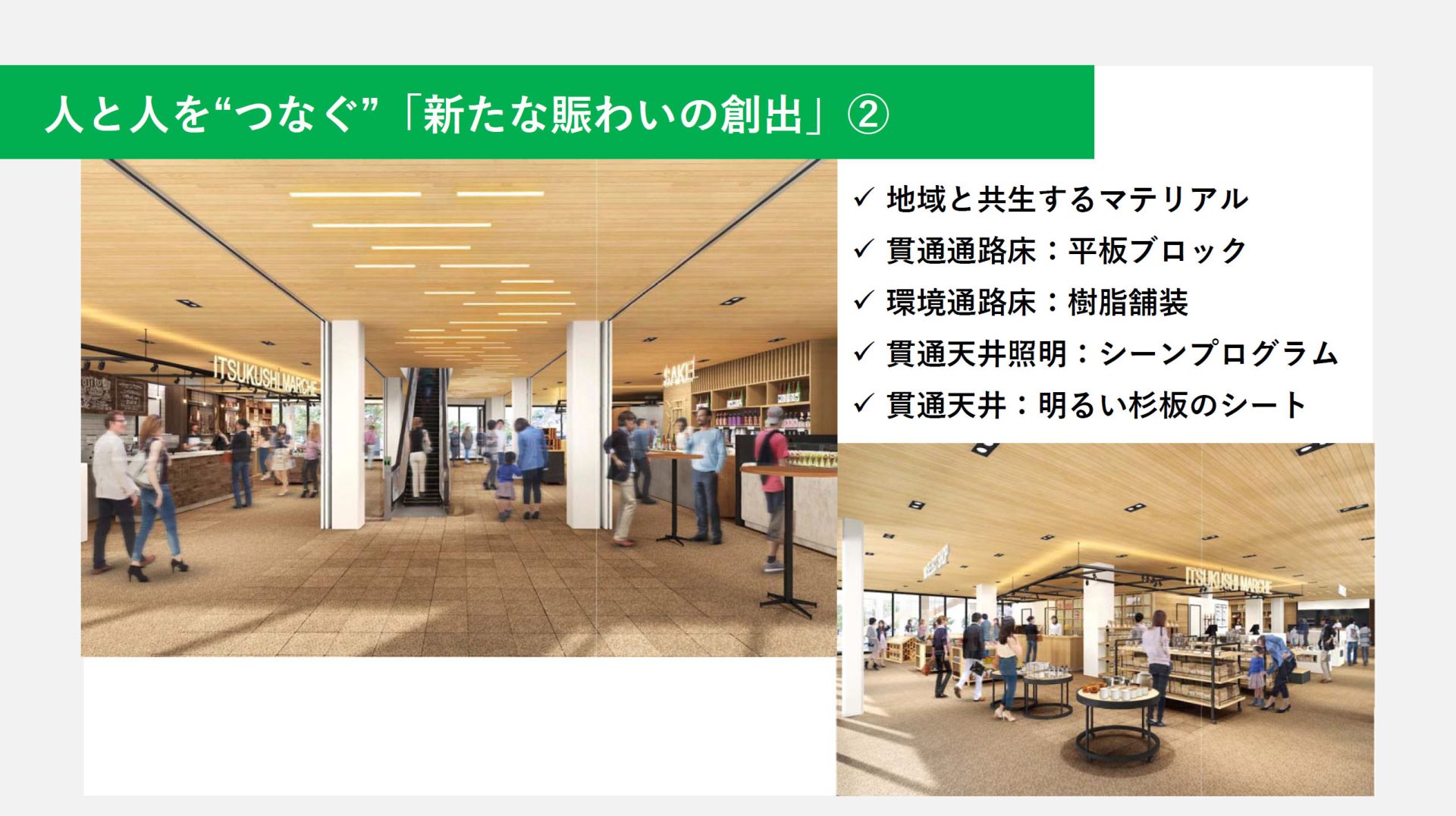
City planning that solves hardware issues
Tenma
In the background of the ongoing development of the Miyajimaguchi area, there were the hardware issues facing the area. Due to the increase in tourists in recent years, there is chronic traffic congestion on National Route 2, which is the lifeline of the local people, and a shortage of parking lots in the area. In order to solve this problem, a new urban planning road and a multi-storey parking lot plan emerged, and construction work occurred to change the location of the passenger terminal, Momiji Honjin, Hiroshima Electric Railway Miyajimaguchi station building and the track. As a result of this, we received a request to create a staged development scenario based on the effective use of the site owned by Hiroshima Electric Railway in this area, and work began. We are currently working on a new station building.
Regional branding that solves soft problems
There were also some soft issues. The first is that the tourist's destination is Miyajima (Itsukushima), and Miyajimaguchi is just a transit point. Second, the identity of Miyajimaguchi is weaker than that of Miyajima. The third is that there is a large difference between the peak season and the peak season in terms of attracting customers because it is a tourist spot. The fourth is that the quality of souvenirs sold in Miyajima (Itsukushima) and Miyajimaguchi is becoming homogenous. I thought that if I was going to buy it anyway, I would want to buy it in Miyajima instead of Miyajimaguchi.
In order to approach this issue, it is important to build a development strategy from the perspective of regional branding and to prepare Miyajimaguchi for "strength", and one of the measures for that is the leasing*3 strategy.
*3 Leasing is an abbreviation for tenant leasing, and refers to sales activities to attract stores to open in commercial facilities.
In terms of leasing, we were conscious of differentiating ourselves from Miyajima, and focused on local Hiroshima companies, focusing on antenna shops, first stores, and new business formats of companies that have never had contact with Miyajima. I believe that we succeeded in attracting tenants that would appeal not only to tourists, but also to Hiroshima people who like new things.
 Tenants at the time of opening that are particular about local companies, first store openings, and new business formats
Tenants at the time of opening that are particular about local companies, first store openings, and new business formats
Next, as for the naming and VI plan, we asked for the cooperation of our branch members and proposed nearly 100 naming proposals so that we could feel the new Miyajimaguchi without inheriting the original tourist commercial facility "Momiji Honjin". I was. We narrowed it down to about 50 proposals, and finally decided on the name "etto" through an internal vote at Hiroshima Electric Railway. Etto means "a lot" in Hiroshima dialect. The naming of the new facility has a positive connotation of drawing out the potential of the ever-changing Miyajimaguchi, with the hope that the new facility will create encounters and exchanges with many people and things.

Speaking of Hiroshima Electric Railway, it is a streetcar, but for this facility we have an advertisement for a 3-car train. I believe that running the etto train in the city has produced advertising effects, and I believe that we were able to realize a sales promotion plan that would make the local people feel more familiar with it.
From “regional revitalization” to “regional revitalization”
Tenma
When I got the opportunity of this SGW, I thought about the difference between "regional revitalization" and "regional revitalization" again. "Regional revitalization" is a government slogan, and is a top-down way of thinking. I think that "regional revitalization" can be organized as a bottom-up way of thinking involving local stakeholders. Looking back on myself, I think that in the beginning, I was approaching my work with the tone of "regional revitalization," and I was somehow looked down upon. As a result, there were times when things did not go well, and I even fell into a slump. However, I think that since we changed our focus to “regional revitalization,” we have become able to communicate more openly with the people of the region.
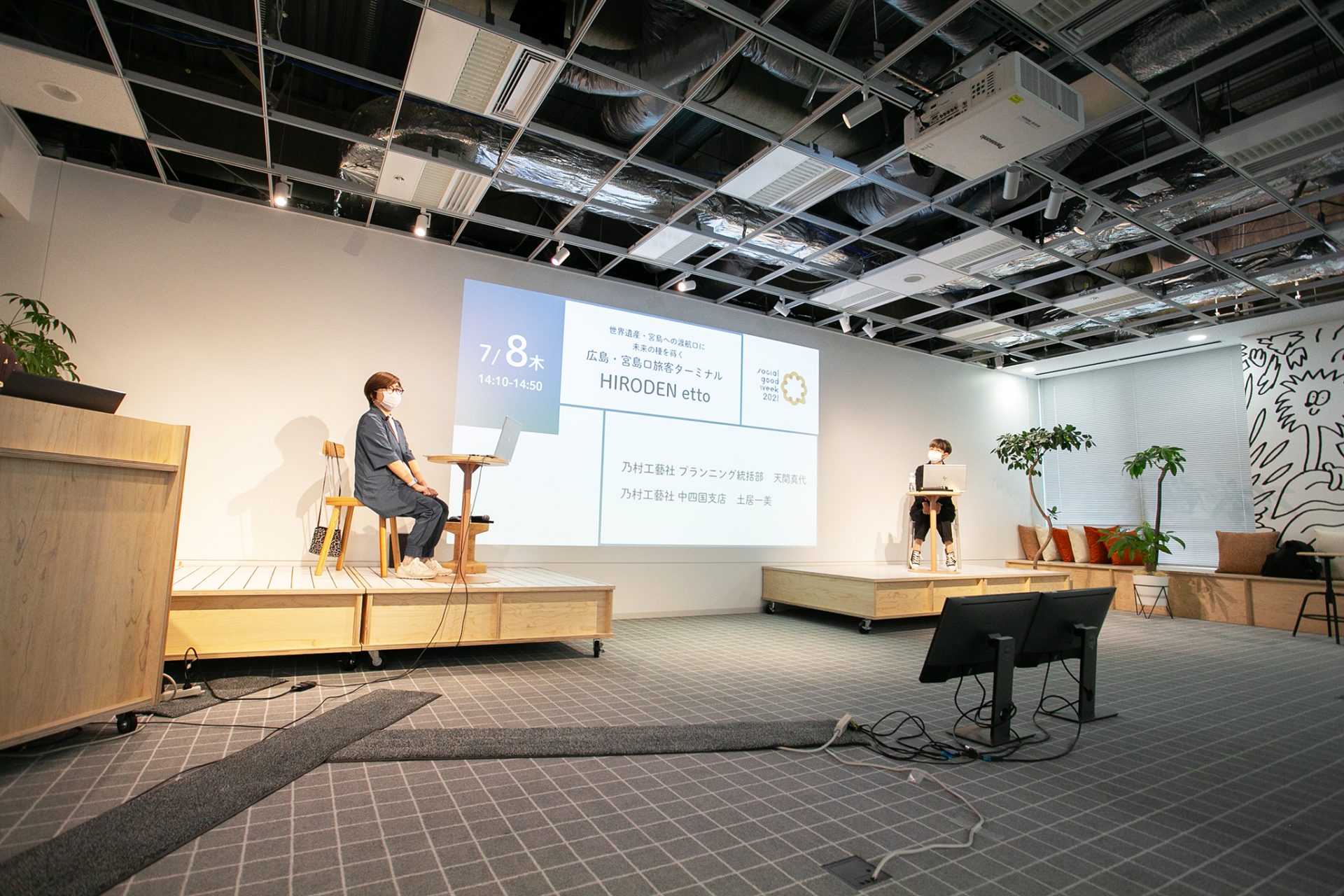
Finally, I would like to mention three things that I was able to achieve through the project. The first is that we were able to contribute to the economic circulation within Hiroshima Prefecture by introducing the vitality of the private sector on top of the landfill expansion project led by the prefecture. The second is that Hiroshima Electric Railway's business scheme has changed from a directly managed business at the time of Momiji Honjin to a real estate business that rents out stores, providing companies with headquarters in Hiroshima Prefecture with new business opportunities. provided and created new employment opportunities. The third reason is that we were able to foster a sense of expectation in the community by taking the lead in the ongoing phased development.

In this article, we introduced the case of HIRODEN etto, Hiroshima/Miyajimaguchi Passenger Terminal, which was developed from the perspective of regional revitalization from both software and hardware perspectives. In addition to building facilities, we were also able to help with developments unique to Hiroshima Electric Railway, which is a regional infrastructure, such as opening sales promotions using streetcars. The further development of Miyajimaguchi, which is still under development, will keep an eye on.
(nomlog editorial department)
Text: Sho Iwasaki/Photo: Yui Yasuda (during the event)
Like this article?

